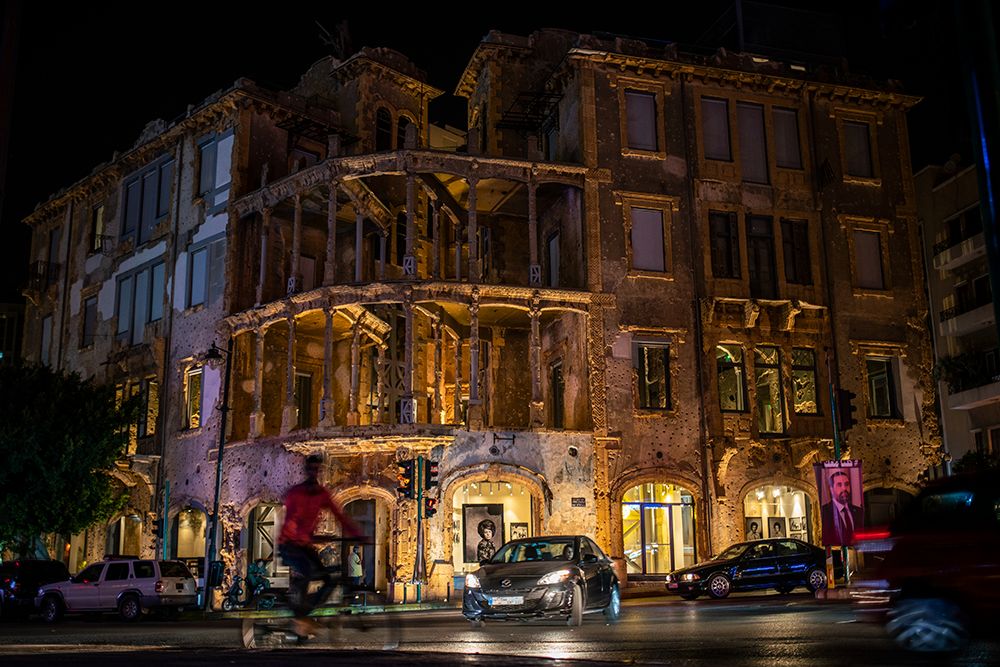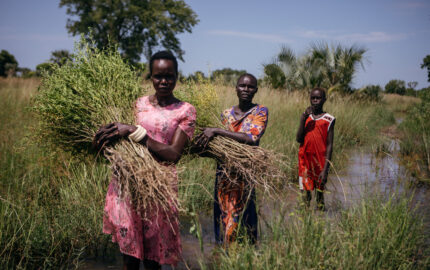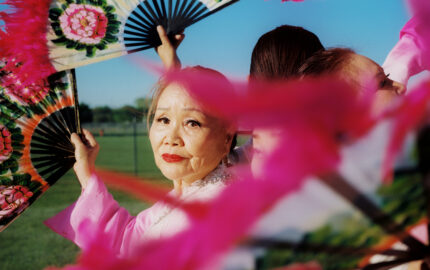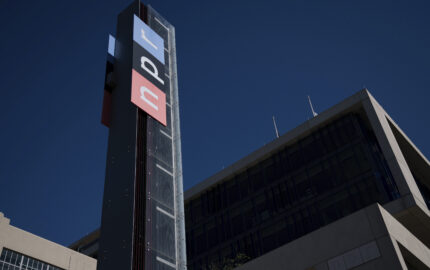The following is from “Imagine: Reflections on Peace,” a new book, as well as an exhibition and series of short films, from The VII Foundation that features photographic essays from societies that have suffered searing conflicts — and survived. Photojournalists and writers reflect on the search for peace, as well as the complexities of rebuilding, in conflict zones from around the world: Bosnia and Herzegovina, Cambodia, Colombia, Lebanon, Northern Ireland, and Rwanda. 2010 Nieman Fellow Gary Knight, a photojournalist and co-founder of the VII photo agency, provided the concept and editorial direction for the book.
In this excerpt, photojournalist Nichole Sobecki writes about her experience returning to Lebanon, where she began her career covering the war. This article was written and the photographs were taken before the August 2020 explosion — caused by improperly-stored ammonium nitrate in a warehouse in the city's port — that killed at least 200 people and left an estimated 300,000 homeless.
Lebanon is where I came into being as a journalist. As an intern at The Daily Star—the Arab world’s storied English language rag—I published my first photographs. I even wrote the horoscopes briefly, confounding my friends with the specificity of their fortunes. In 2007 I saw war for the first time, as a battle broke out in the northern Palestinian camp of Nahr al-Bared. Fighting between the Islamic militant organization Fatah al-Islam and the Lebanese army began the morning of my 21st birthday. Though violence in Syria and other areas of the Middle East has since overshadowed the destruction of Nahr al-Bared, it was the most severe internal fighting Lebanon had seen since the civil war.
In 2017 I returned to Lebanon with writer Robin Wright to try to make sense of what peace means in a place so defined by conflict. As we met with former fighters and young creatives, I thought back to one of Aesop’s fables, “The Oak and the Reed,” and the countless storms this country has weathered without breaking. Peace here comes in shades of gray. It’s the reason to bend with the next wind, to endure, and to embrace the present despite the fire under the ashes.

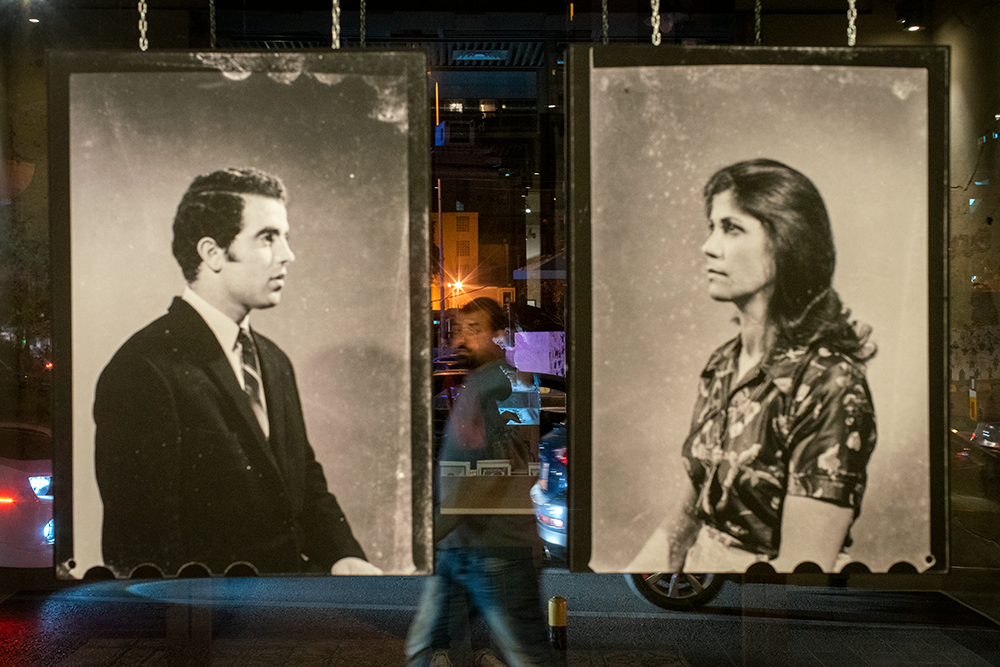
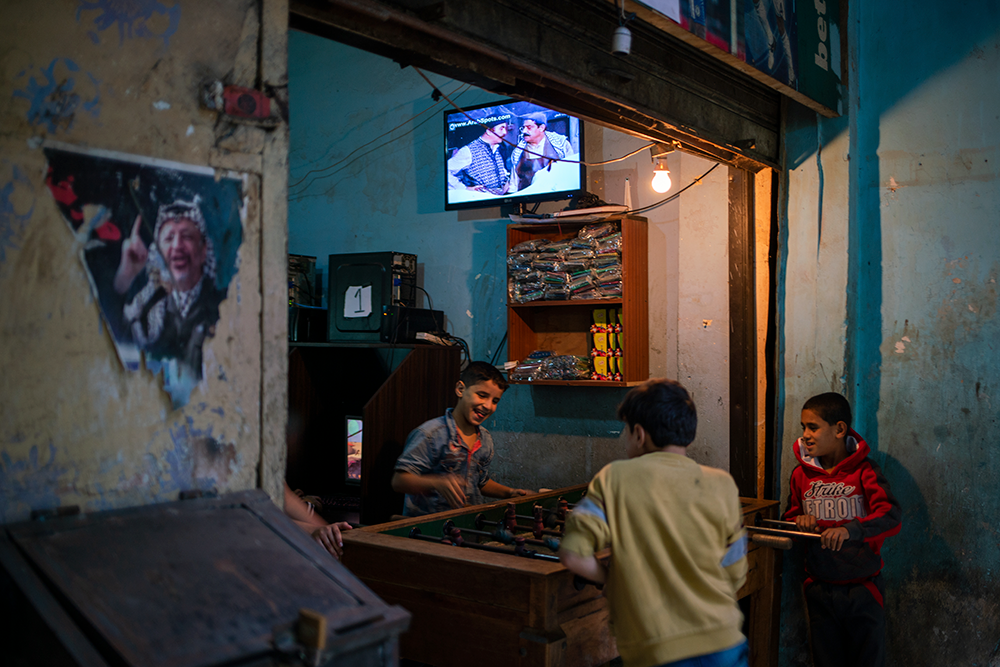
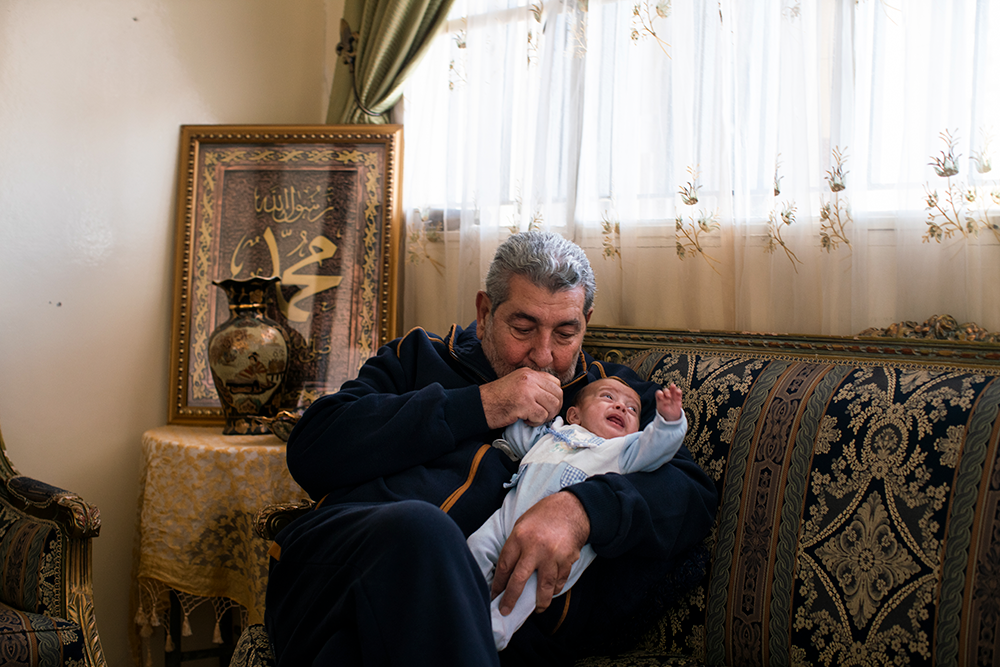


Photographs and excerpt from “Imagine: Reflections on Peace” from The VII Foundation (2020). Reprinted with permission.
